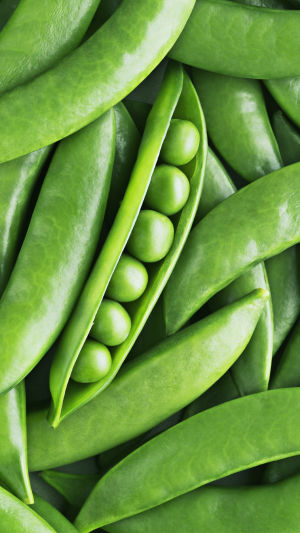Green food, characterized by its commitment to safety, quality, and ecological sustainability, represents a vital aspect of modern agricultural practices.
It encompasses a diverse range of agricultural products and processed foods, all produced in adherence to stringent standards aimed at ensuring consumer health and environmental well-being.
Covering five major categories including agriculture, forestry, livestock, poultry, aquatic products, and beverages, green food comprises over 1,000 varieties of agricultural products and processed foods across 57 subcategories. With a nationwide total exceeding 30,000 items, green food products offer consumers a wide array of safe and high-quality choices.
Central to green food production is the establishment of an excellent ecological environment. Emphasizing the importance of environmental stewardship, green food standards mandate that products are cultivated in environments free from pollution.
Rigorous monitoring of soil, atmosphere, water, and other environmental factors ensures compliance with stringent environmental technical standards. This ensures the integrity of the production process.
Green food production adheres strictly to established standards, emphasizing the principles of ecology and natural law. By prioritizing the rational utilization of agricultural resources while ensuring food, ecological, and environmental safety, green food production aims to achieve ecological balance, resource recycling, and sustainable development.
This holistic approach underscores the long-term goal of environmental preservation and sustainable agriculture.
The technical standard system governing green food production encompasses various aspects including environmental quality standards, production technology standards, product quality standards, as well as packaging, storage, and transportation standards.
These standards serve as a comprehensive framework for ensuring the safety, quality, and integrity of green food products throughout the production process.
In the realm of food certification, green food occupies a distinct position alongside organic and pollution-free food. While organic food sets the highest standard with strict prohibitions on synthetic pesticides, chemical fertilizers, hormones, and genetically modified organisms, green food follows closely behind.
Green food production permits the use of synthetic pesticides and growth hormones under strict regulations governing dosage and residue levels, ensuring minimal environmental impact.
In contrast, pollution-free food permits the use of synthetic pesticides and fertilizers without stringent restrictions on growth hormones or genetic modification.
However, the use of highly toxic pesticides with high residue levels is strictly prohibited. This tiered approach to food certification allows consumers to make informed choices based on their preferences for safety, quality, and environmental sustainability.
Ultimately, the overarching goal of green food, organic food, and pollution-free food alike is to ensure food safety while promoting human health and well-being. Safety is paramount, as food must not pose harm to consumers, while nutritional value remains essential for promoting health.
While organic food may undergo more stringent production processes, it does not inherently possess greater nutritional value than green or pollution-free alternatives.
Green food represents a pivotal step towards achieving sustainable agriculture and ensuring food security for future generations. By prioritizing safety, quality, and ecological sustainability, green food production serves as a beacon of hope for a healthier and more sustainable future.
In addition to its focus on safety and sustainability, green food production also champions social responsibility and community welfare. By supporting local farmers and producers who adhere to green food standards, consumers contribute to the economic development of their communities while fostering a sense of environmental stewardship.





